Public Transport Study
Vienna ( Wien ) is considered to have one of the world’s efficient public transport system. As a school funded project, I could conduct a research on the public perception and behaviors towards public transport and study the latest innovations in real-time traffic information. I later compared the traffic discipline in Bangalore to come up with few solutions to solve some of the key problems identified.
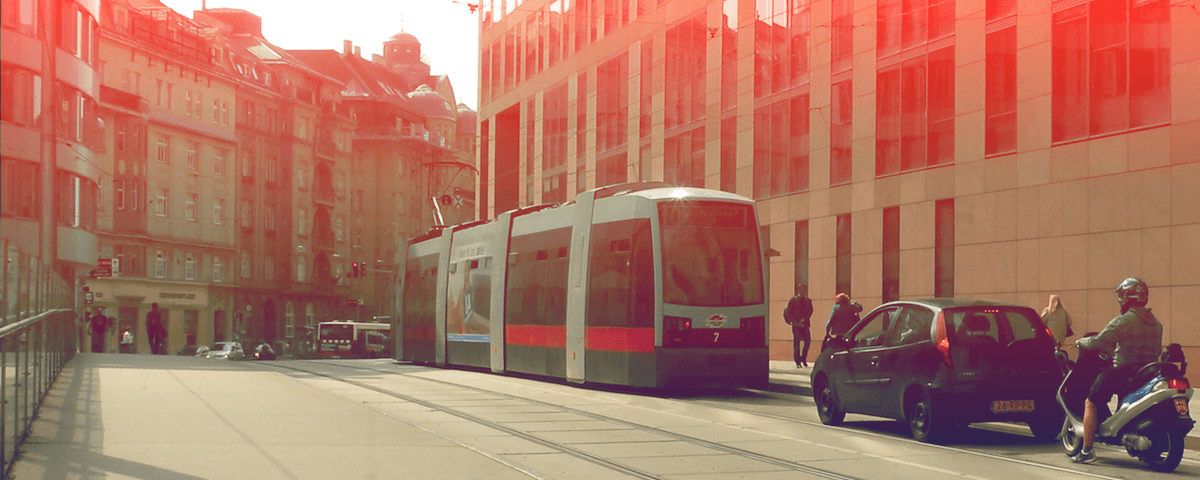
My Role
As a visiting researcher, I interviewed commuters of public transport, bicycle riders, car drivers and pedestrians. I observed the behavior patterns and collected quantative data of daily traffic. I also had the opportunity to meet the teams of Real Time Information department of public transport systems (ASFINAG). In Bangalore, I observed the pedestrain and driver behavior and conducted interviews.
BACKSTORY
The Conference
IIID
With the tremendous growth in the automobile industry and growth in vehicular population among the metropolitan cities the problems like
traffic congestion, accidents, pollution etc. increase day after day.
There is an enormous need to be aware of the information about the traffic and other updates in fast urban life.
VISION
Purpose of the study
This project explores the various modalities and comparisons between
Bangalore and Vienna ‘s transport models, the perception of public towards the traffic system.
It was an extensive study covering the following :
In Vienna
1. Observational research of the city road and traffic infrastructure
2. Attending the IIID Conference on Real Time Information
3. Interactive sessions with speakers from industry about the real-time information systems and traffic update services.
4. Public interviews on their perception of the transport system in the city
5. Quantitative research on the traffic flow in interior parts of the city.
6. Studying tourist information office and ticket vending machines.
7. Visiting traffic control and safety departments ( ASFINAG ) to have personal interaction with the subject matter experts.
In Bangalore
1. Observational research of the city road and traffic infrastructure
2. Public interviews
CHAPTER 1
Infrastructure in Vienna
Separate bike lanes

Apart from the pedestrians, bicycle riders have separate lanes and signals.
Cycling is regarded as an important mode of transport and building infrastructure around it improves the traffic management. Being eco-friendly,
it is gaining popularity for short commutes.
Parking space information

Information about parking spaces is shown on the board having a digital display to show the status and availability.
It helps drivers to plan ahead and choose the appropriate space. Also decreases congestion near parking areas/roads.
 In the above picture, parking information is shown by the Green Glowing LEDs which represent they are free to occupy and the roof shows that it is an Indoor parking area.
In the above picture, parking information is shown by the Green Glowing LEDs which represent they are free to occupy and the roof shows that it is an Indoor parking area.
 A uniform convention is followed throughout the city to denote NO PARKING in front of the doorway.
A uniform convention is followed throughout the city to denote NO PARKING in front of the doorway.
Signage

LED programmable display boards are present in the subway metro stations offering high visibility.
Pavements

A tactile texture is used throughout the city to denote the geographical limit for people while crossing roads or while waiting for the underground metro. A common and uniform design is maintained through the city. The multi-sensory attribute of the design is attained and intuitively it registers in our mind and allows us to adhere to the system.
Pedestrian Crossing Comparison


People take only Zebra lines to cross the road and wait for Green signal pedestrian crossing.
Traffic education and discipline are inculcated in children by the school and parents.
In, India mostly the road discipline is missing and pedestrians tend to cross the road at random spots often taking the shortest route.
People take only Zebra lines to cross the road and wait for Green signal pedestrian crossing.
Traffic education and discipline are inculcated in children by the school and parents.
In, India mostly the road discipline is missing and pedestrians tend to cross the road at random spots often taking the shortest route.
CHAPTER 2
Public Behavior and Perception
Motivation to follow traffic rules
Most of the people are conscious of their safety as well as others reasons can be proper education.
Few respondents react as per the situation. To some extent fine/penalty also helps people follow or obey traffic rules.
Access to traffic information?
The Internet is seemingly the powerful medium to deliver and access route/traffic information.
A good information design also helps the print medium to help commuters. There is a lot of scope in delivering content via mobile.
Preferable mode of transport
Fast and reliable subway is preferred by most of the people.
The bicycle is preferred as it is cheap and the distances are comfortable to commute.
Most common problem solved by traffic police?
Parking space availability for drivers.








CHAPTER 3
With Subject Matter Experts

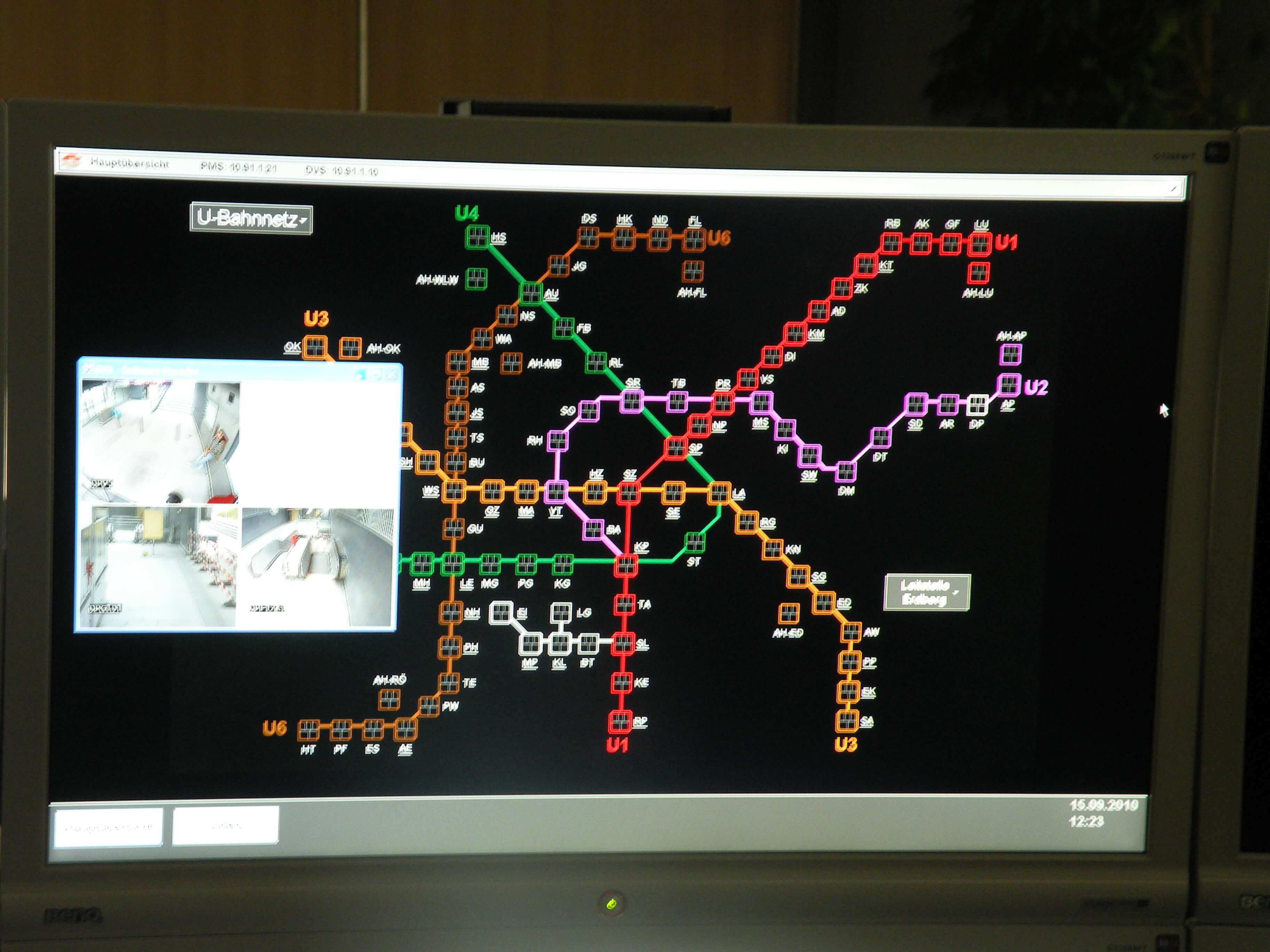
I have got the opportunity to visit the Wiener Linien Office which manages the underground U-Bahn subway lines and the surface trams.
I could get information regarding the various activities they perform.
Some of the main activities performed at this center are :
• Reporting to the police in case of an accident.
• Delaying or speeding up the trains to reduce the waiting time of the passengers in the stations.
• Sending the buses more frequently to the areas with more passengers at the stop.
• Managing the information to be displayed on the boards at various stations.
An app that presents the real-time information of the U-Bahn to passengers.
CHAPTER 4
Understanding Bangalore
Growing city
Bangalore is the third most populous city in India and the 28th most populous city in the world.
Rapid population growth because of IT and other associated industries in Bangalore led to an increase in the vehicular population to about 1.5 million, with an annual growth rate of 7-10%.
With the increase in population and the expansion of the city, the problem of connectivity of the populace has arisen. Quite obviously personalized
modes of transport have grown at a tremendous rate and two-wheelers along with the cars almost comprise 90% of the total registered vehicular population in the city.
Inadequate infrastructure
The infrastructure is not easily accessible to the public. The consistency in the infrastructure is missing and possible misuse is also one reason for which the for the inadequate infrastructure.
The traffic lights at certain junctions don’t properly function.
Also, there is no proper maintenance undertaken by the government. Although there are certain reporting mechanisms but are not very efficient.
Pedestrian safety


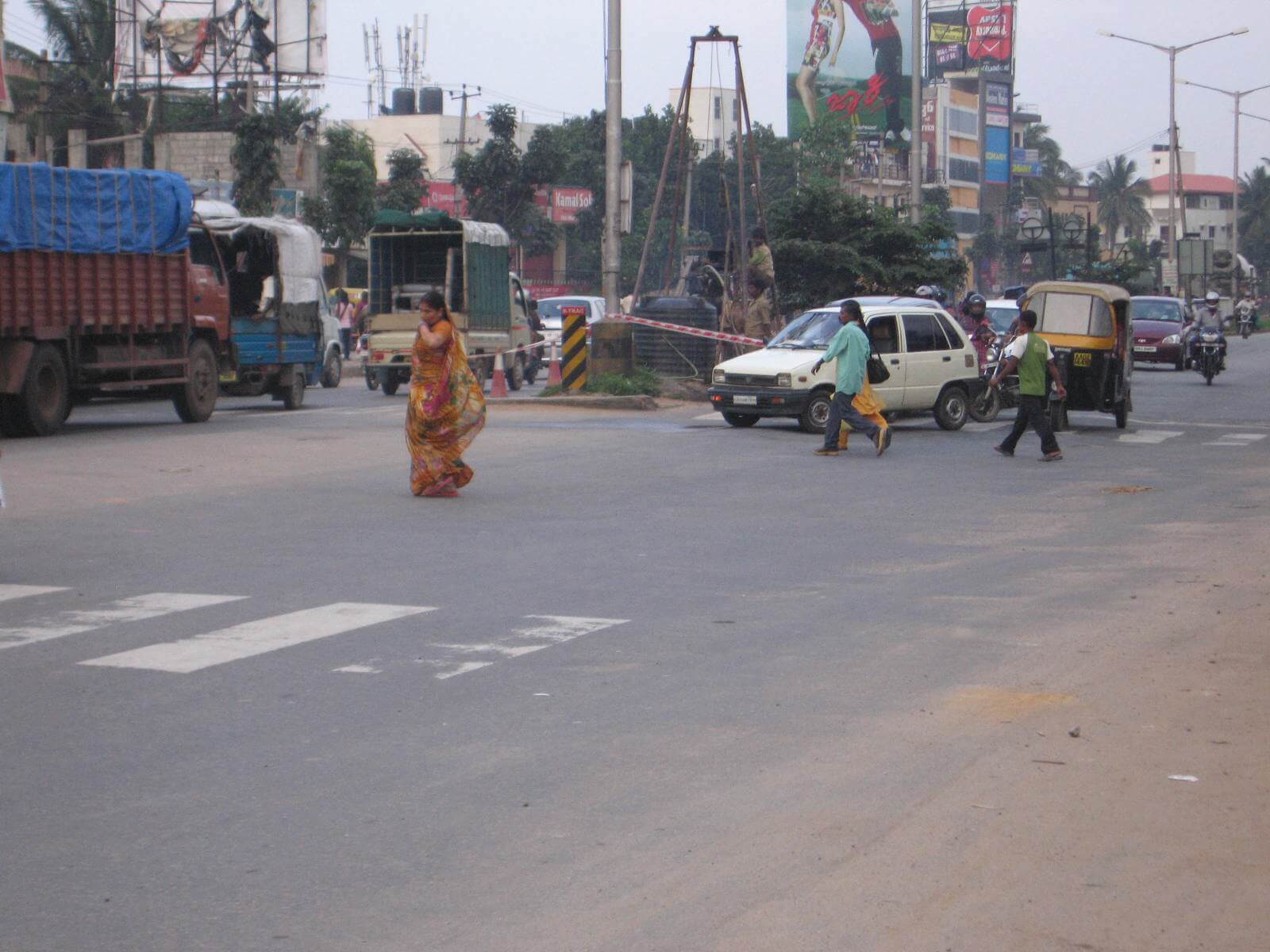
New buildings like malls and movie complexes are built and rarely have any pedestrian crossing facilities provided on the road. A proper relationship between the private and traffic department should exist for a better traffic management and pedestrian safety.
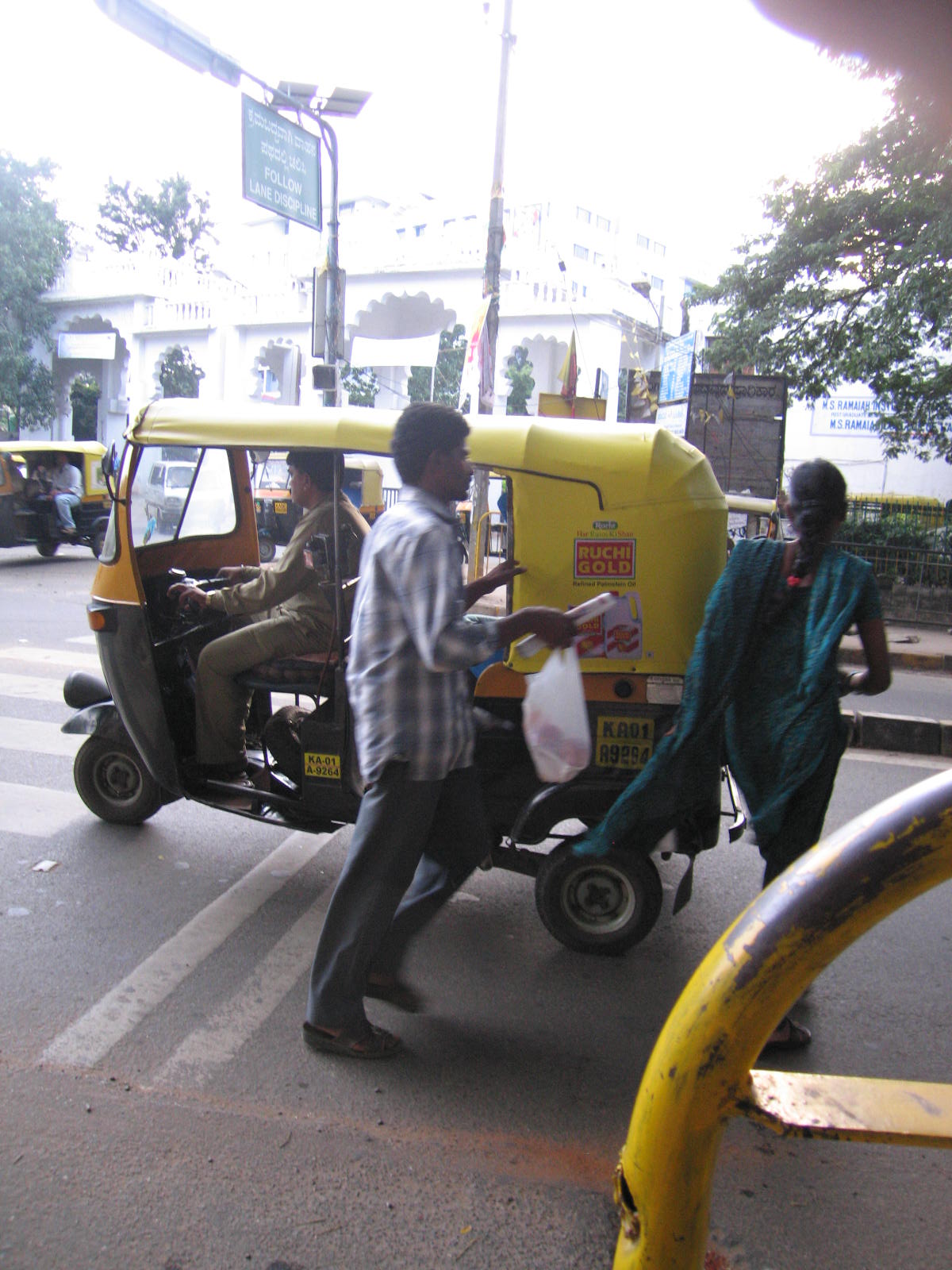
CHAPTER 5
Public Behavior and Perception
Mode of transportation
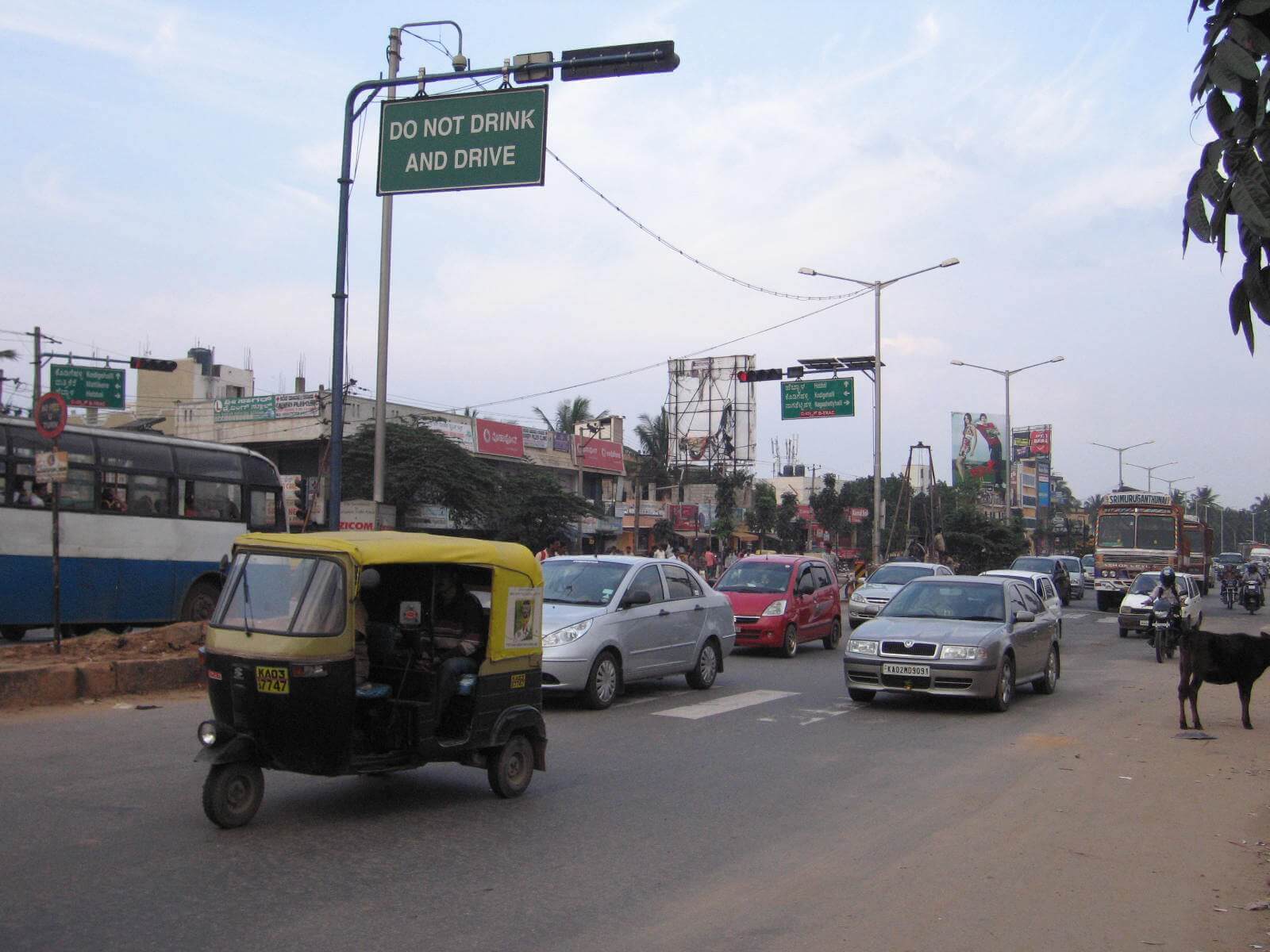
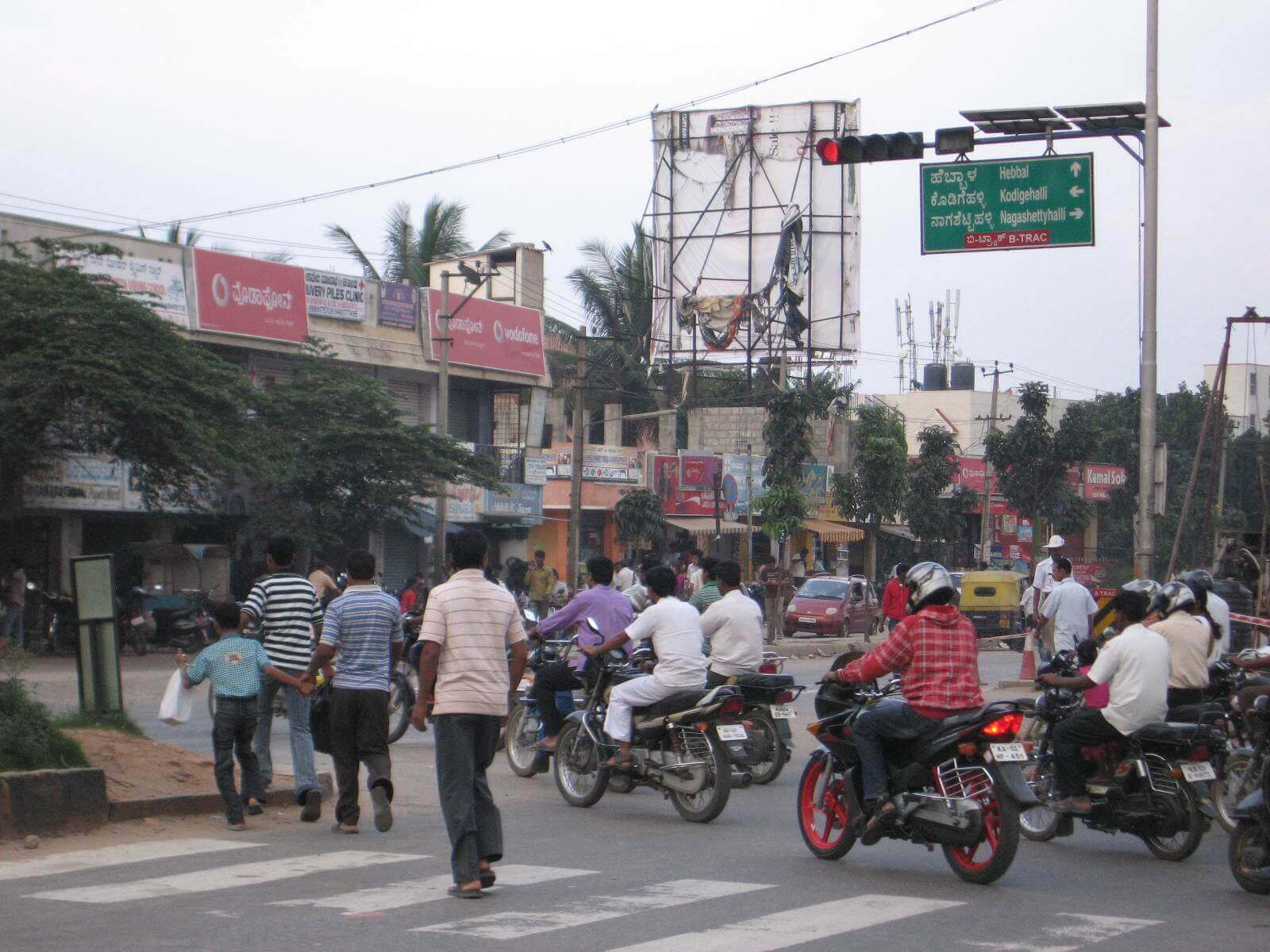
Although most of the commuters take public transport modes like metro and bus, still a higher share prefers two wheelers and four wheelers.
It indicates that more convenient facilities should be provided in the public transport to attract all other commuters.
Avoiding traffic
Most of the people change their routes to avoid traffic. There is a need to design new traffic management plans like route diversion etc for a better system.
Also, there is a need for information about alternate routes as a considerable number of people explore other routes.
Traffic information
Most of the people assume the traffic conditions. This shows more credible information about the traffic condition is needed. A system based on crowdsourcing can be devised for efficient delivery of traffic information.
Research data




KEY PROBLEMS
What should be addressed
1. Traffic education and discipline in motorists and pedestrians.
2. Real-time information for motorists in more efficient means.
To take the research findings forward I came up with two concepts as possible solutions to
the problems.
Concept 1:
An appraisal system which tracks the traffic discipline of its employees
based on signal jumping.
Concept 2 :
Presenting real-time information about traffic on the mobile phone, and suggesting alternate routes to the user.
I further worked on the above two concepts adopting User-Centered Design methodology.
